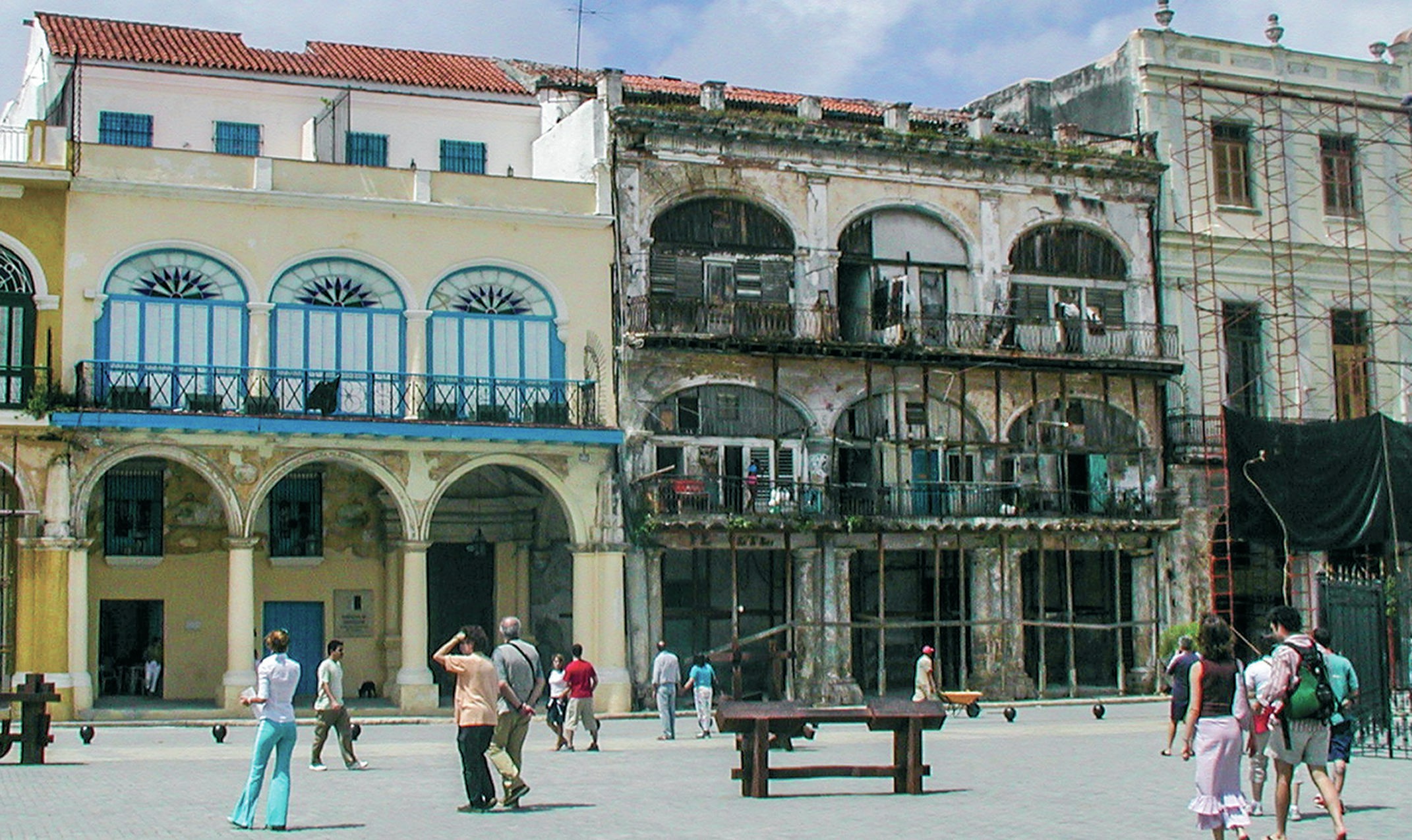
This photograph illustrates some of the challenges involved in redeveloping a city location and the way in which geography matters in such redevelopment. Plaza Veija in Old Havana, Cuba is part of an area classified by UNESCO as a World Heritage site. In other words it has been identified by UNESCO as having cultural or physical significance on an international scale.
A state organisation called Habagüanex was set up under Cuba’s socialist government in 1994 to oversee the restoration of the old city. Restoration work is funded using profits generated through commercial activities such as shops, restaurants and bars. Havana’s colonial architecture attracts a lot of tourists to the city. The government wanted to preserve the architecture so it could maximise the income from these tourists to fund a range of services for the people of Cuba, including health services, infrastructure and housing.
Your organisation does not have access to this article.
Sign up today to give your students the edge they need to achieve their best grades with subject expertise
Subscribe




